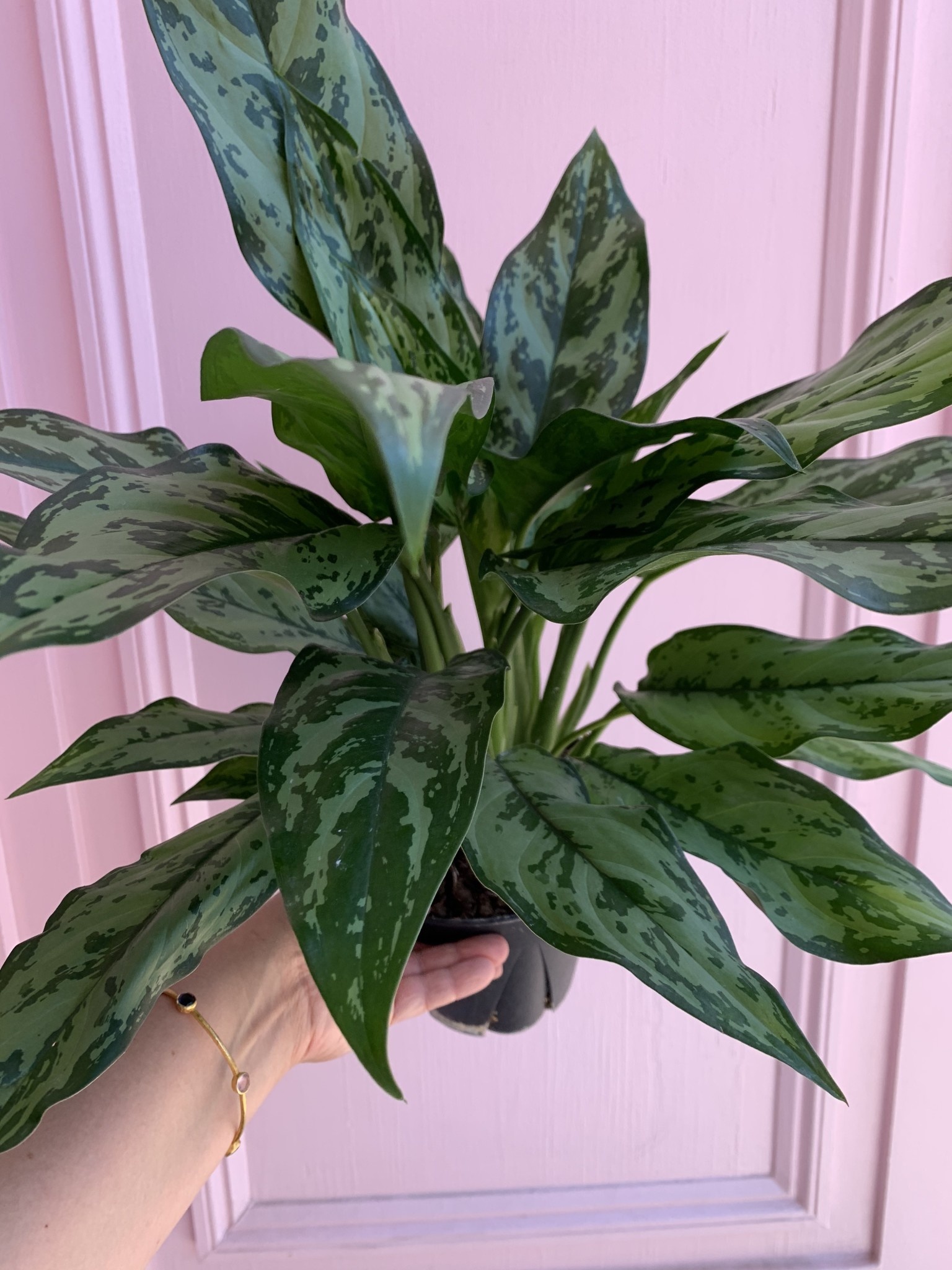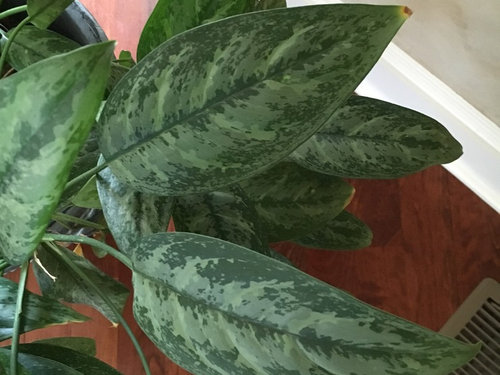Aglaonema Pollination
In the world of gardening, few plants are as stunning and striking as the aglaonema. These tropical plants are renowned for their vibrant shades of green, and they make an excellent addition to any home or garden. However, when it comes to aglaonema pollination, many gardeners find themselves scratching their heads. Pollinating these beautiful plants can be a bit challenging, but with the right approach, it is possible to get it just right.
Pain Points with Aglaonema Pollination
One of the biggest pain points associated with aglaonema pollination is simply getting started. Many gardeners find themselves intimidated by the process, and they may struggle to know where to begin. Additionally, aglaonema plants can be quite sensitive, so improper pollination techniques can easily harm the plant. Finally, aglaonema pollination requires patience and attention to detail, which are qualities that not every gardener possesses.
What is the Target of Aglaonema Pollination?
The target of aglaonema pollination is simple: producing viable seeds that can be planted and grown into full-fledged aglaonema plants. This is important for both the botanical research community and amateur gardeners alike, as it allows for the cultivation of new varieties of aglaonema and enhances the plant's overall genetic diversity.
Main Points of Aglaonema Pollination
When it comes to aglaonema pollination, there are several key factors to keep in mind. First and foremost, it's important to identify the right time to pollinate your plant. This is typically when it is in bloom, and it requires careful attention to the plant's development cycle. Additionally, you'll need to identify and remove any male flowers from the plant before you begin the pollination process. Finally, you'll need to locate and collect the plant's pollen, which can be a tricky process.
Personal Experience with Aglaonema Pollination
When I first tried my hand at aglaonema pollination, I was somewhat intimidated. But with a bit of research and patience, I was able to produce several viable seeds. I found that the most challenging aspect of the process was collecting and spreading the pollen, as this required a steady hand and a great deal of attention to detail.

A Beginner's Guide to Aglaonema Pollination
If you're new to aglaonema pollination, it's important to start with the basics. First and foremost, make sure that your plant is healthy and in bloom before you begin the process. Next, identify and remove any male flowers from the plant, as they can interfere with the pollination process. Collect the pollen carefully, and use a small brush or cotton swab to spread it evenly onto the plant's female flowers. Be sure to label and track your seeds carefully, and prepare to wait patiently for them to mature.
Going Deeper into Aglaonema Pollination
One interesting aspect of aglaonema pollination is the fact that it is often conducted manually, rather than by bees or other pollinators. This allows for greater control over the process, but it can also be more time-consuming. Additionally, aglaonema plants are often bred for specific traits, such as their leaf variegation or growth habits. This means that pollination efforts are often focused on producing plants with these specific traits in mind.

Common Questions about Aglaonema Pollination
Q: How often should I pollinate my aglaonema plant?A: You should only pollinate your plant when it is in bloom, which typically happens once every few months. Q: What equipment do I need for aglaonema pollination?
A: You'll need a small brush or cotton swab to collect and spread the pollen, as well as a pair of tweezers for removing male flowers. Q: Can I pollinate my aglaonema plant with other plants?
A: No, aglaonema plants can only be pollinated with other aglaonema plants. Q: Do I need to keep my aglaonema plant in a specific environment during pollination?
A: While it's not strictly necessary, it's generally a good idea to keep your plant in a warm, humid environment during the pollination process to help facilitate seed development.
Conclusion of Aglaonema Pollination
Overall, aglaonema pollination can be a bit tricky, but with the right approach, it's definitely achievable. Whether you're a seasoned gardener or just starting out, taking the time to learn about aglaonema pollination can be a rewarding and fascinating experience.
Gallery
Aglaonema 6" - Junebug

Photo Credit by: bing.com / aglaonema
ENH1117/EP382: Tropical Foliage Plant Development: Breeding Techniques
Photo Credit by: bing.com / aglaonema pollination dieffenbachia anthesis inflorescence spathe ease breeding
Aglaonema ID/Pollination?

Photo Credit by: bing.com / aglaonema pollination blooms seeds moment coming days three open been there two some
Aglaonema ID/Pollination?

Photo Credit by: bing.com / aglaonema pollination pollinating considering blooms seeds moment coming three there some year
Aglaonema Pictum Tricolor | Plants, Variegated Plants, Pretty Plants

Photo Credit by: bing.com / aglaonema pictum tricolor tricolour variegated stable variegation revert houseplants crawl smartplant knows